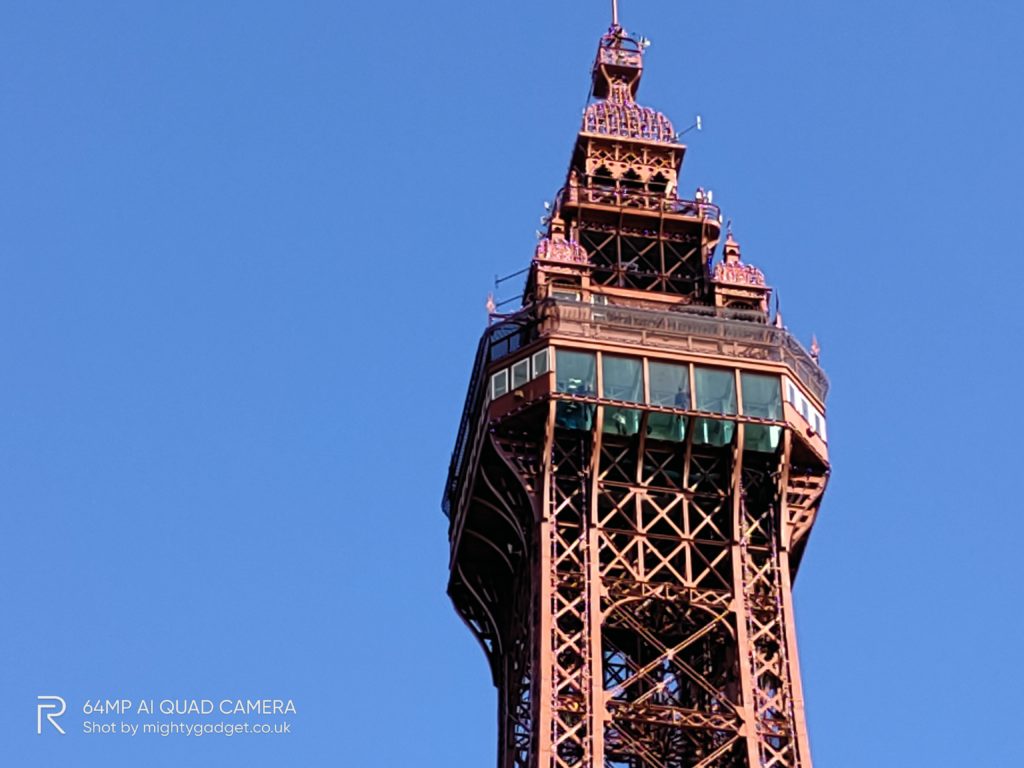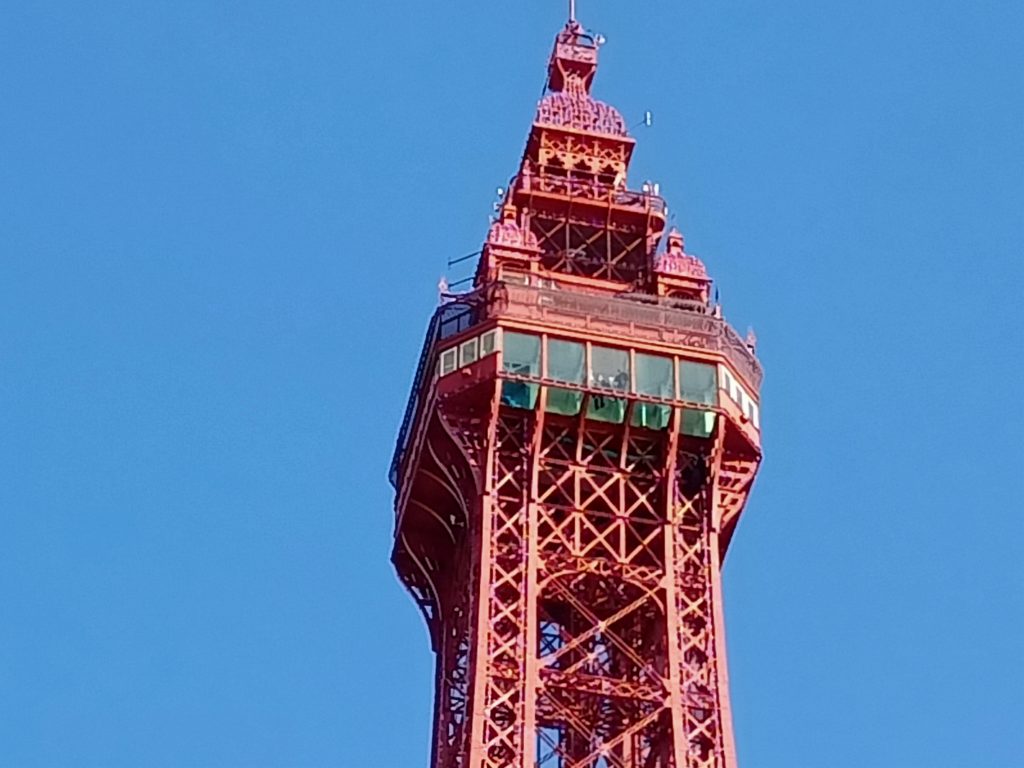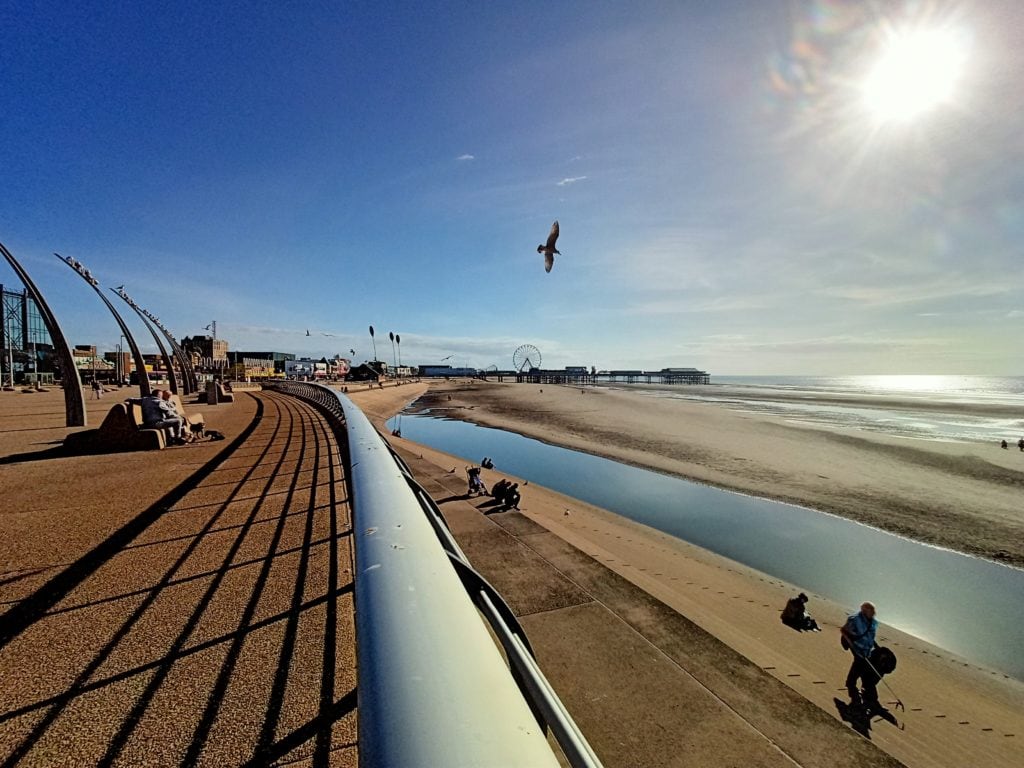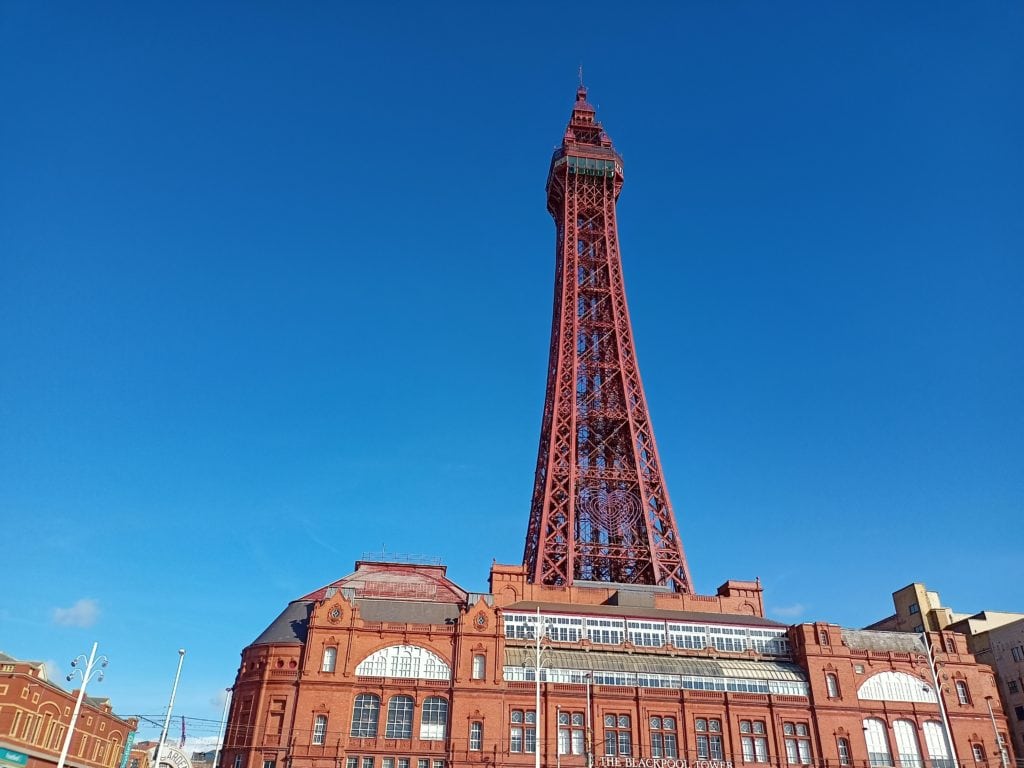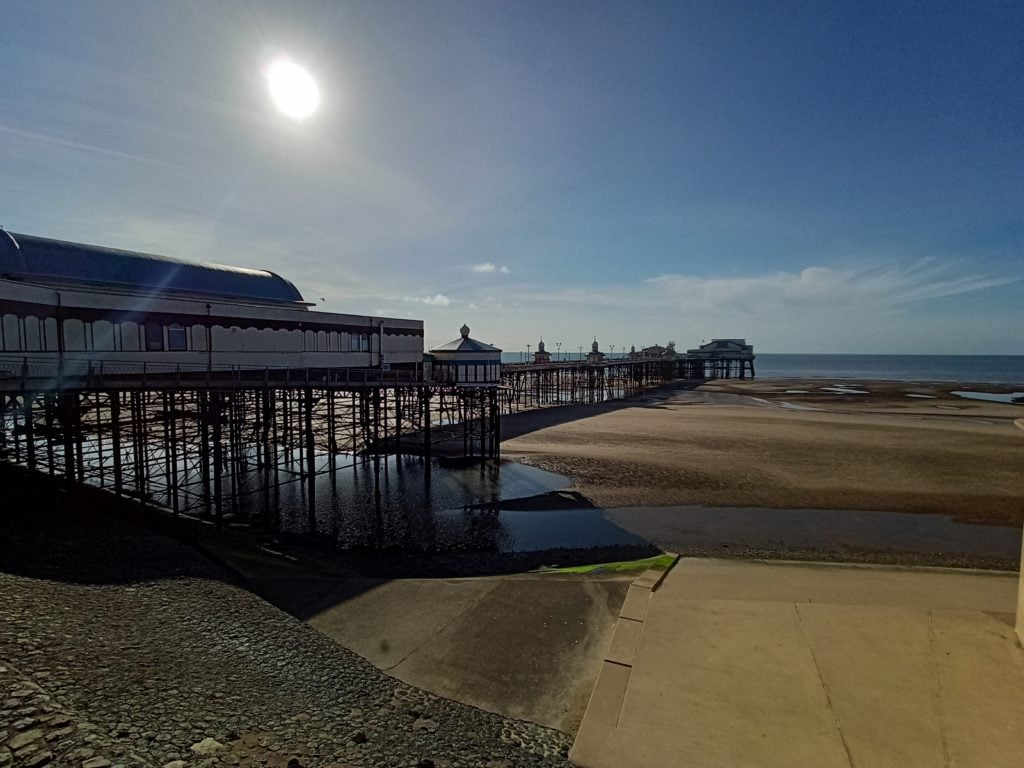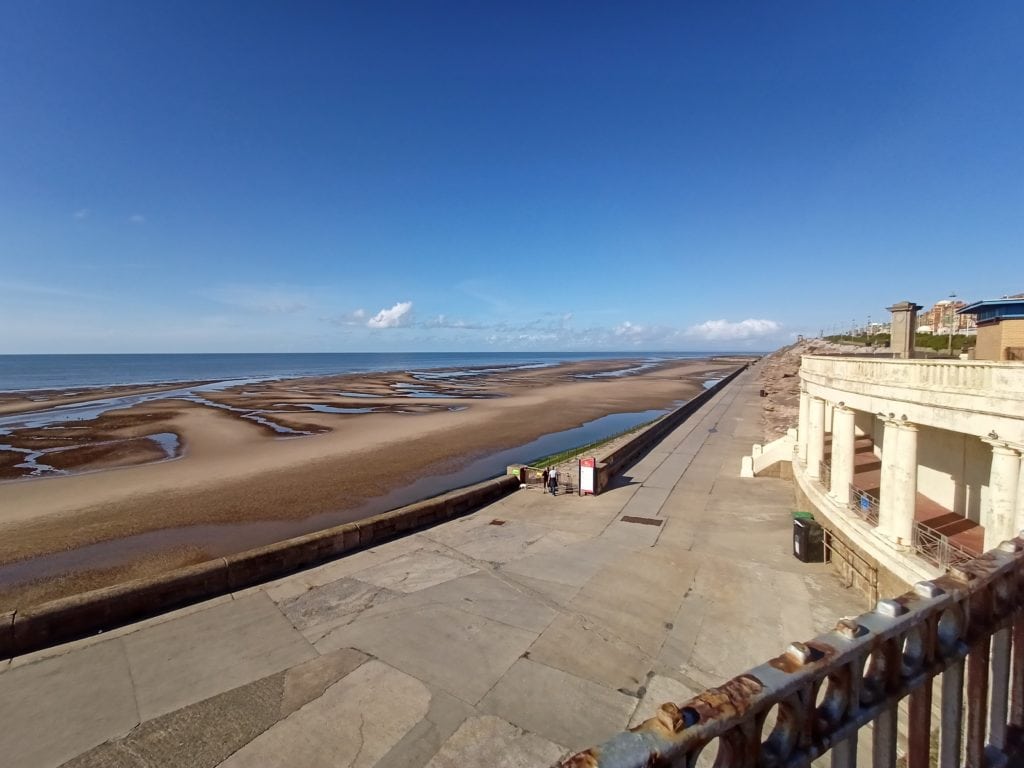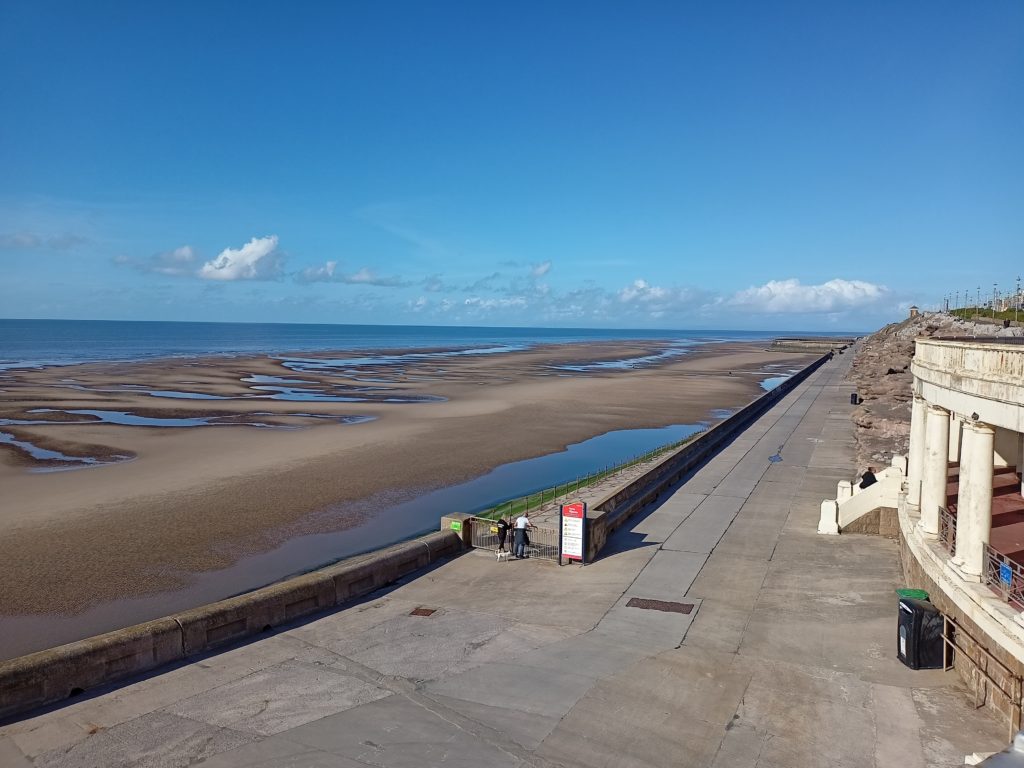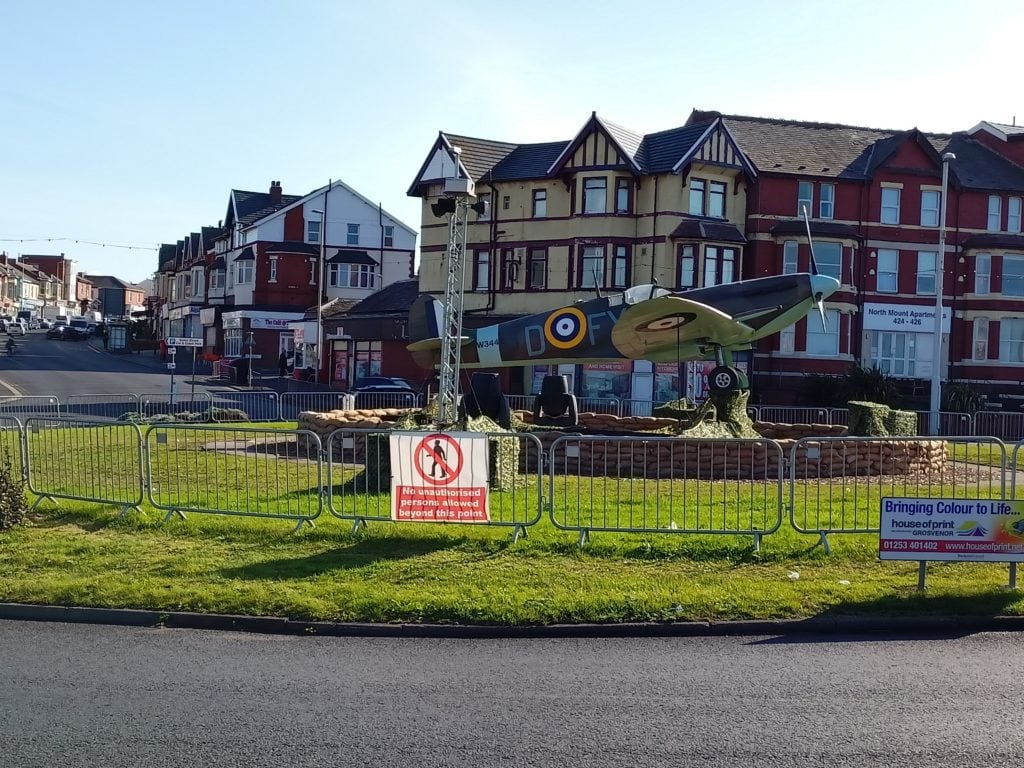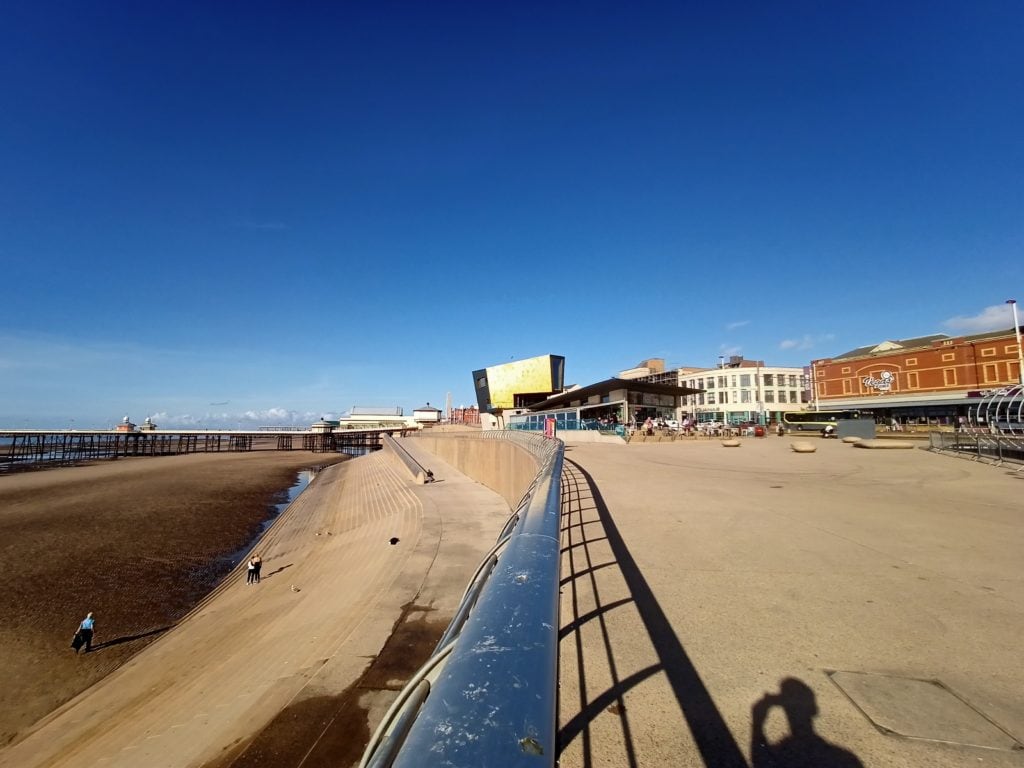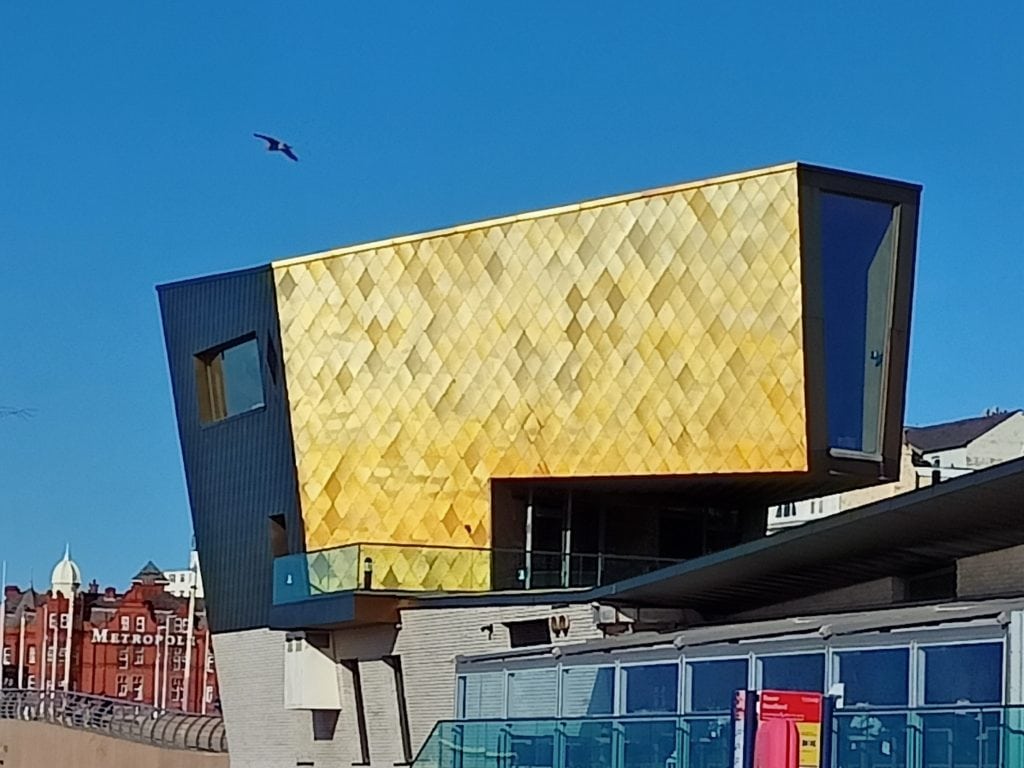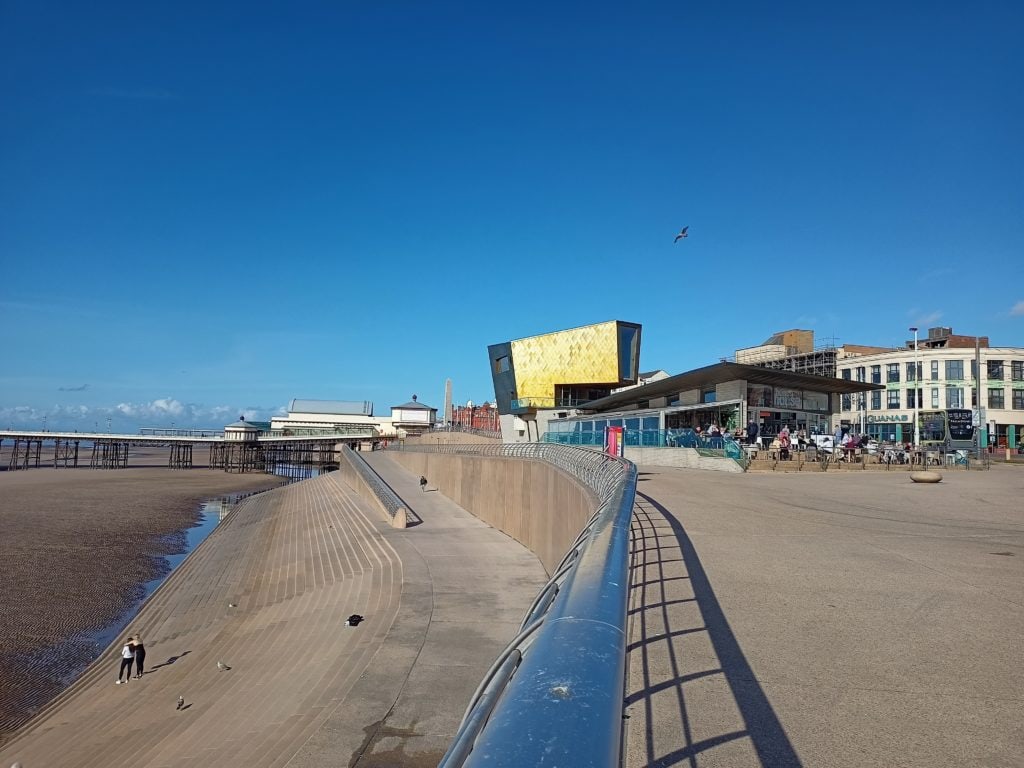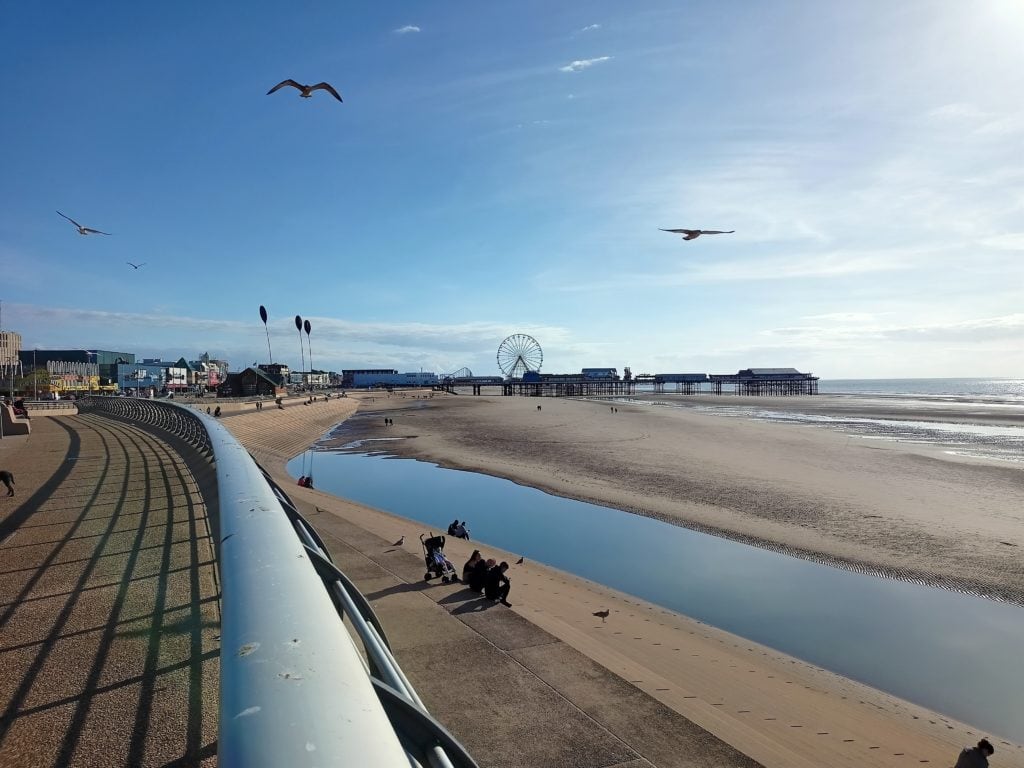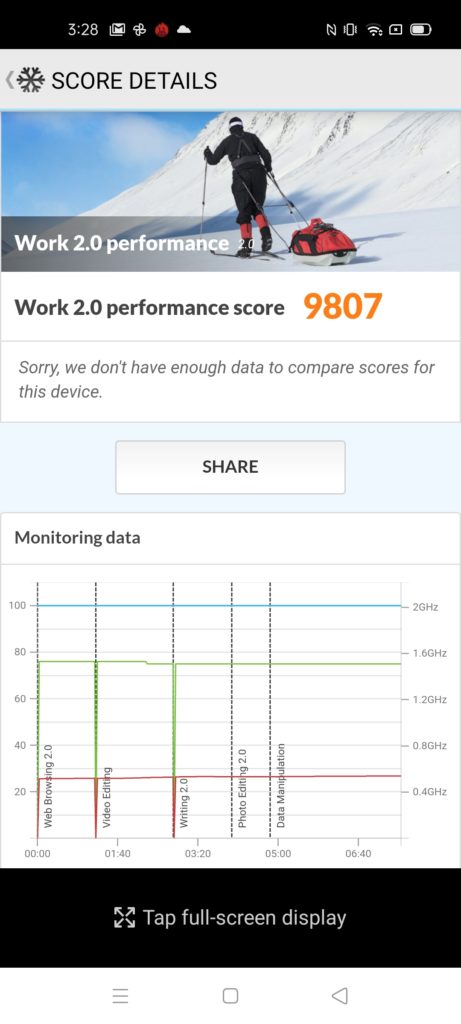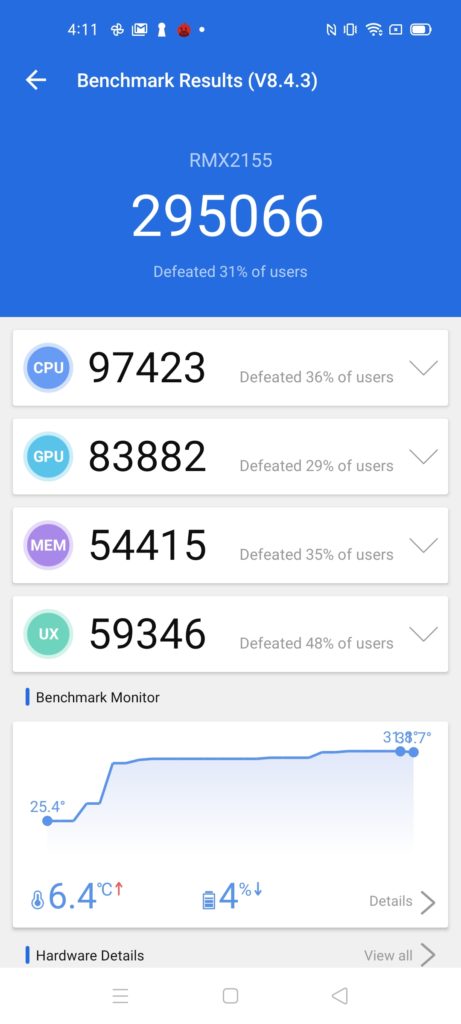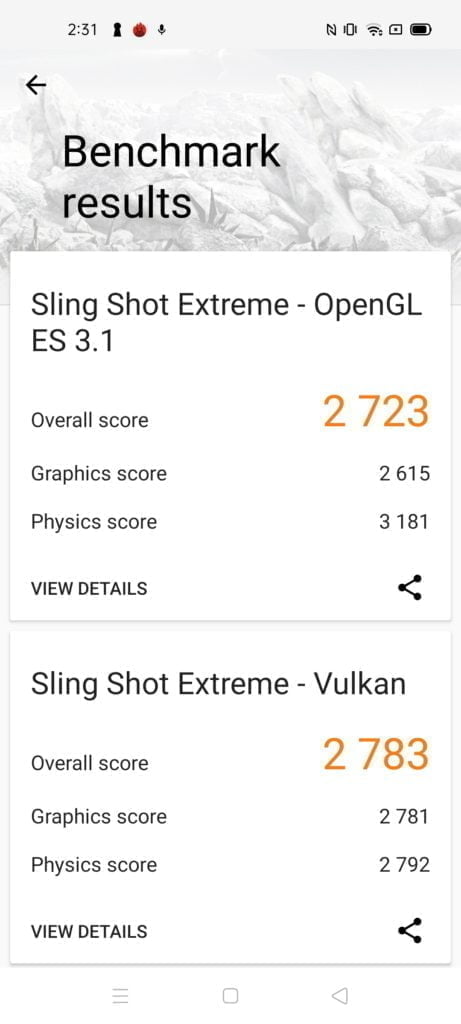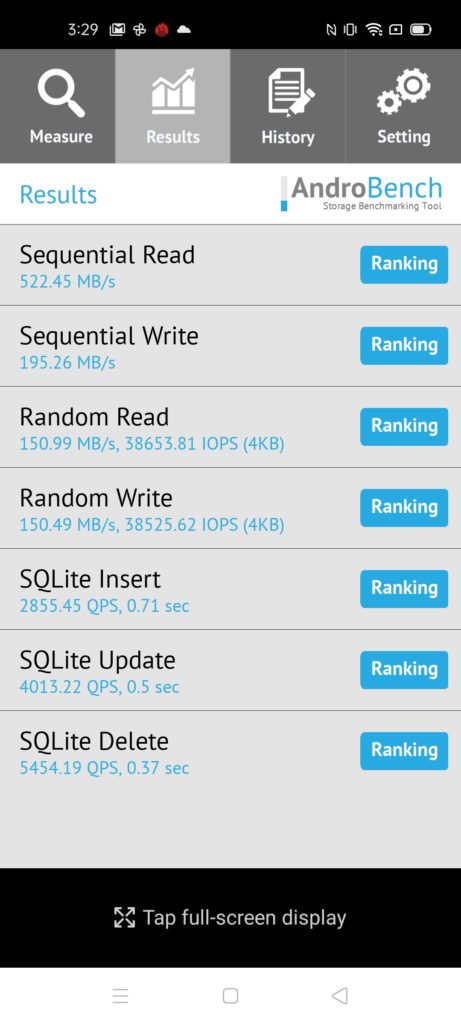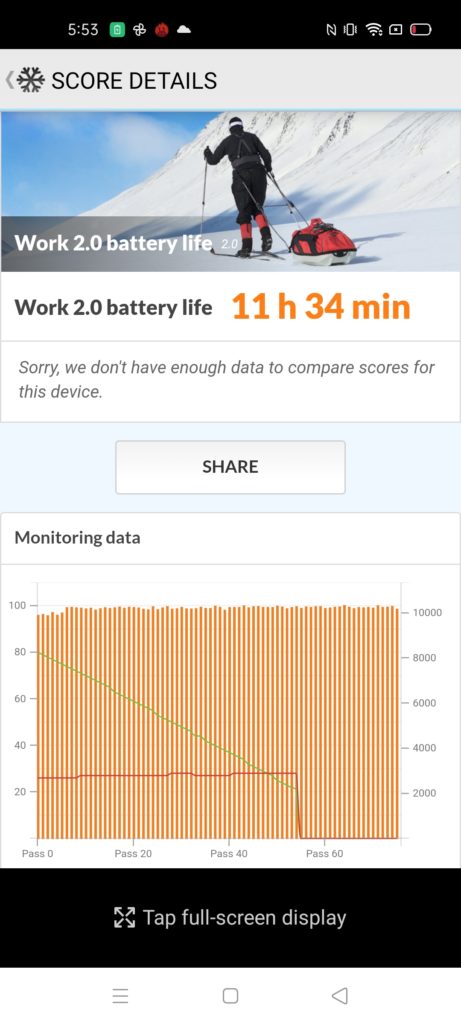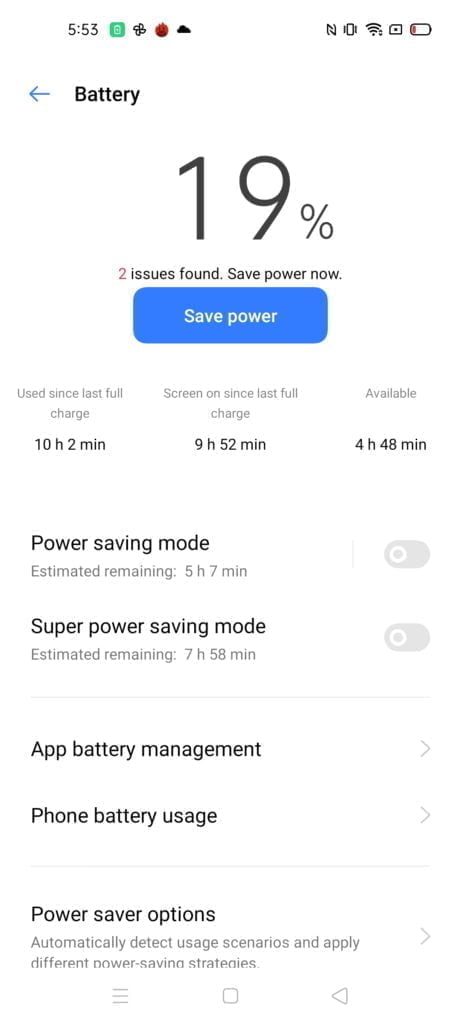Following on from the Realme 7 Pro review, I have been using the more affordable Realme 7 in conjunction with it. Starting at just £179 this offers incredible value for money, however, if you want a similar spec to the Pro model, there is only £40 difference.
Specification
- Display: 6.5 inch 2400×1080 90hz IPS display
- Chipset: MediaTek Helio G95
- RAM: 4GB/6GB/8GB – my sample 8GB
- Storage: 64GB or 128GB – my sample 128GB
- Upgradable via microSD
- Rear Camera:
- 48 MP 1/1.73″ Wide Samsung ISOCELL GM1
- 8 MP ultra-wide
- 2 MP macro
- 2 MP depth
- Front Camera:
- 16 MP wide
- Battery: 5000 mAh with 30W charging
Realme 7 vs Realme 6 – More like a downgrade
In the Realme 7 Pro review I stated that the launch is a bit of an odd one because the Realme 6-seires launched back in March, and these two new phones are not much of an upgrade.
While there were a few changes with the Pro model, things become even stranger here.
In comparison to the Realme 6, the Realme 7 has had a new chipset, but the Helio G95 realistically only offers tiny performance boost for the GPU, it is basically the same chipset.
They have the same display, almost the same dimensions and weight, same RAM and storage options.
The Realme 7 has then had the primary sensor DOWNGRADED to a 48MP Samsung GW1 vs 64MP GW1 on the Realme 6. I believe the Asian/Indian variant still uses the 64MP sensory, but in the UK and EU it is 48MP.
However, you get a larger battery at 5000 mAh vs 4300mAh but the same charge speed.
It doesn’t paint a pretty picture, however, there is some positive news. The base price of the Realme 6 with 4GB/64GB is £219 while the same spec Realme 7 is £179. Then the 8GB/128GB Realme 6 costs £239 vs £249 on the 7-series. So they have dropped the base model pricing by 18% which is quite a big difference when you are talking about affordable phones, and in my opinion, is the stand out feature of this phone. I am just glad Realme gave me the pricing of the phones before this review, or my outcome may have been very different.
Design and Display
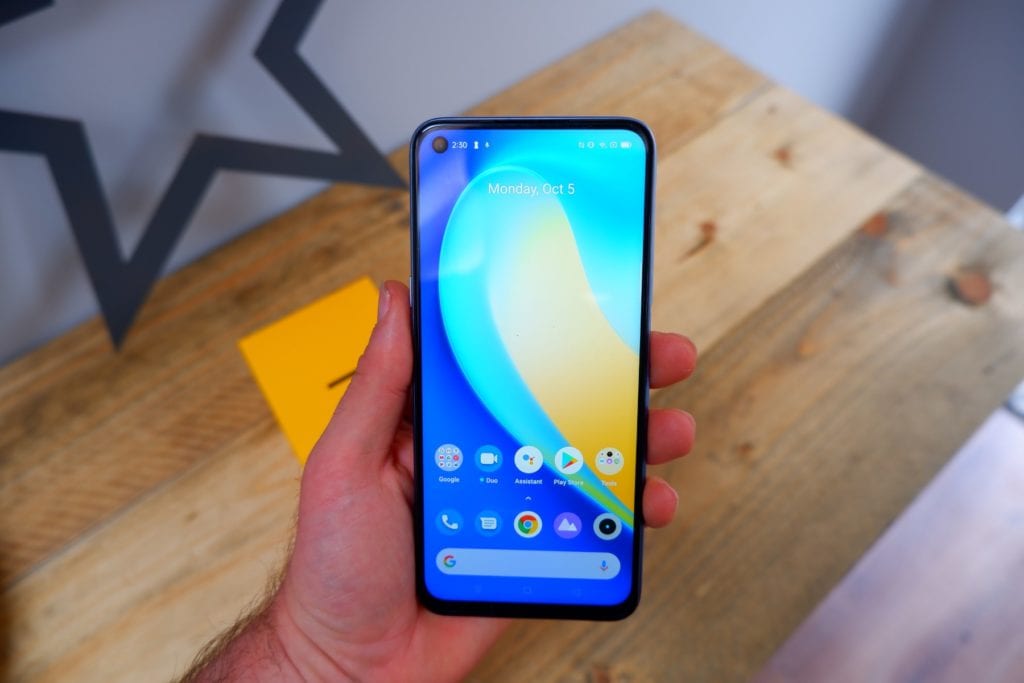
This has almost the same dimensions as the Realme 6. It is a touch larger than the Realme 7 Pro, using a different IPS based display. It feels a touch nicer in the hand than the last model, and the back of the phone looks smarter.
The 7 has a slight mirror effect to the back while the 7 Pro is more of a matte finish. I prefer the colour and effect of the 7 Pro, but it is not something I would ever let affect my buying decision.
With this using an IPS display, the fingerprint scanner is located on the side, I don’t have any particularly strong feelings towards this location, but I have gotten used to under-display, so that is now what I prefer.
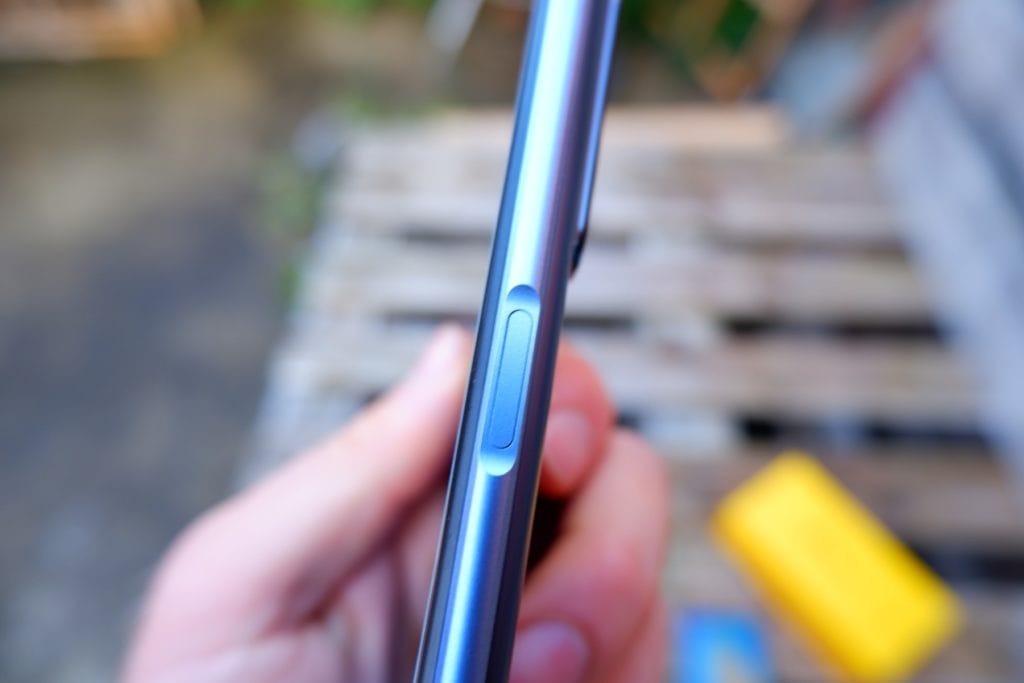
The display itself is good, I just don’t think it is as good as the AMOLED display of the Pro model. The main issue for me is outdoor screen visibility on a sunny day, with this, using the phone can be difficult, with the Pro the screen is completely visible. However, in more favourable conditions, both phones offer the same level of visibility.
You do, of course, have a faster refresh rate display here, for gamers this could be important, however for day to day use I have found the Realme 7 Pro with 140hz touch sampling to offer a similar level of performance.
Camera
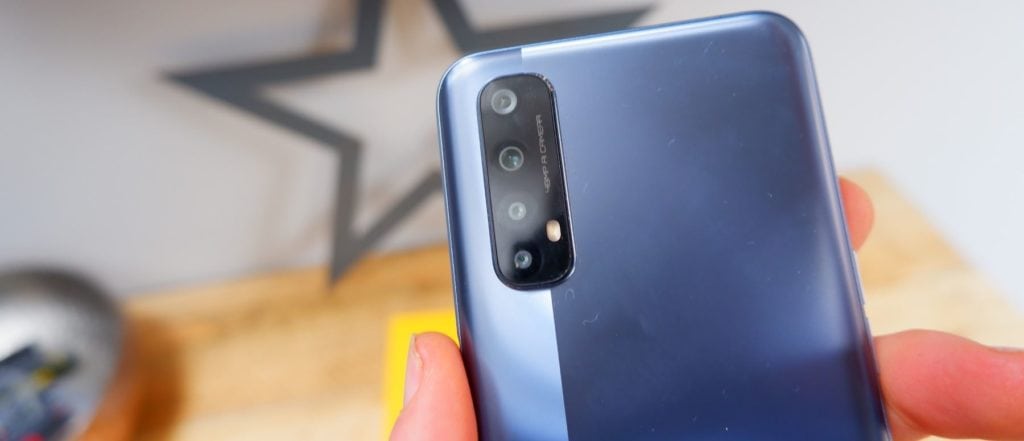
With the Realme 7, the main sensor switches from the 64MP Sony IMX682 to the 48MP Samsung ISOCELL GM1. It is a capable camera, but it is just not as good as the 64MP Sony sensor on the Realme 7 Pro. It is also a downgrade from the Realme 6 which used the 64MP Samsung GW1; this is a bizarre specification change for a newer generation phone.
Switching between the Pro and standard models shows a striking difference in performance. One particularly good example of this is when using digital zoom. I do my best to avoid using digital zoom in any scenario, but the Realme 7 Pro can product some acceptable results.
Zooming into the top of Blackpool Tower looks bad on the Realme 7, but it is actually reasonably good on the Pro model.
-

Realme 7 -

Realme 7 Pro
Zooming in to some flowers, again shows a deteriorated shot with the Realme 7, while the Pro looks quite impressive (taking into account my shoddy skills).
For low light shots, again, it is night and day, the Realme 7 Pro is quite good in various low light conditions while the Realme 7 is quite poor.
-
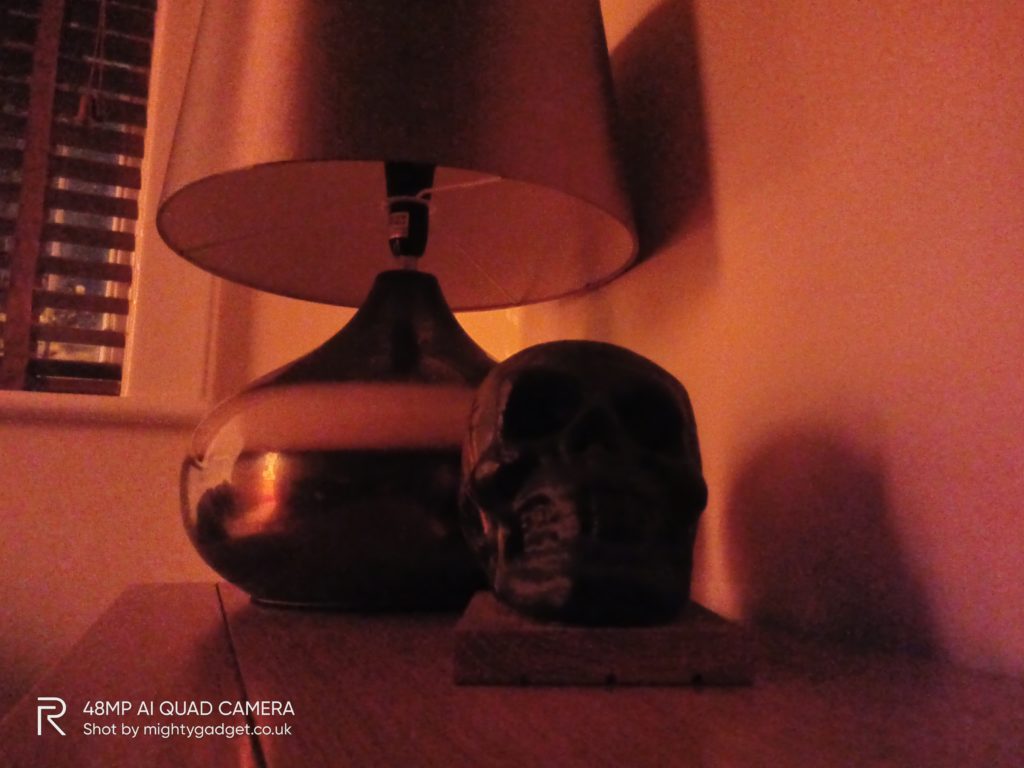
Realme 7 -
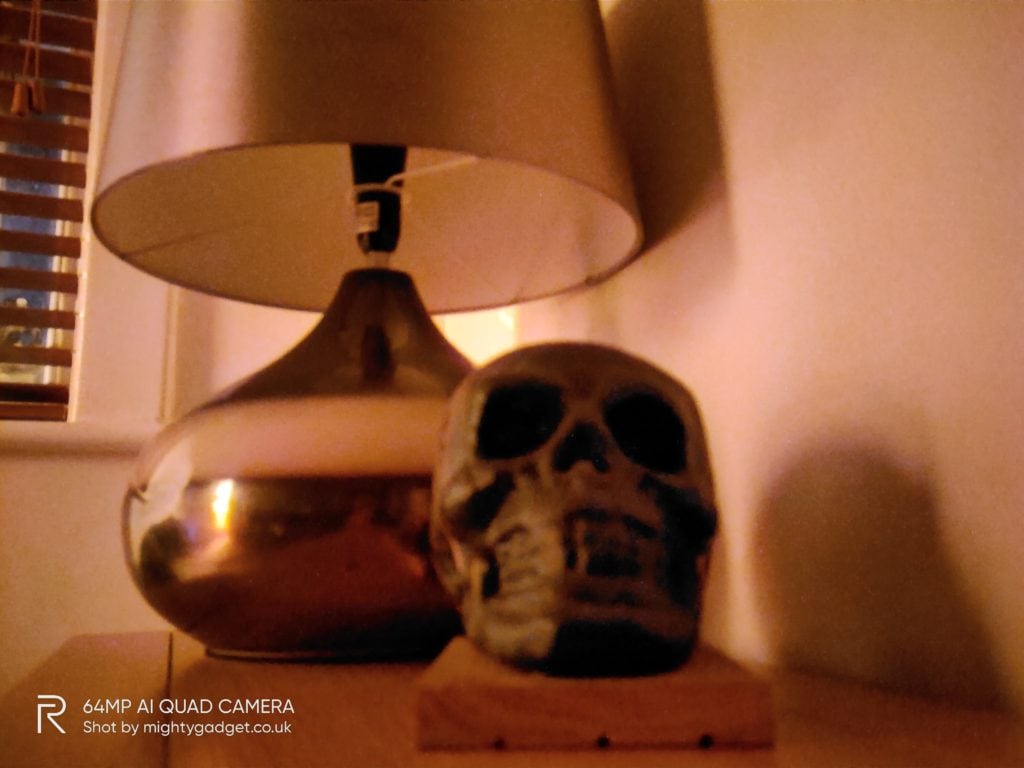
Realme 7 Pro -
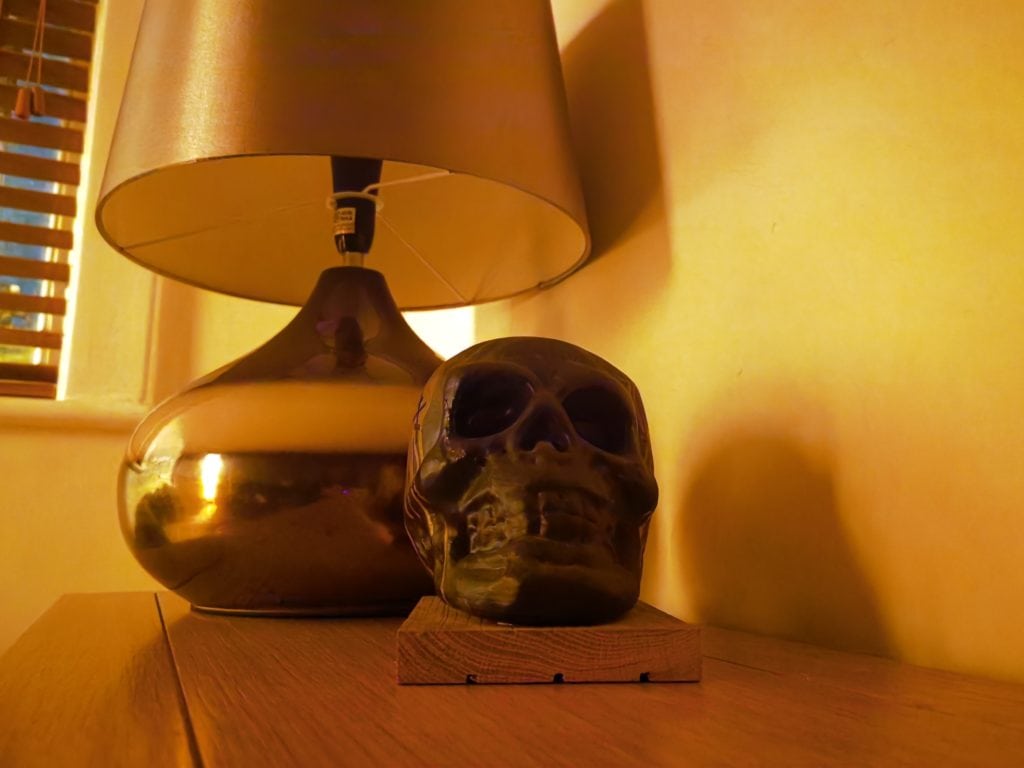
Huawei P40 Pro
-
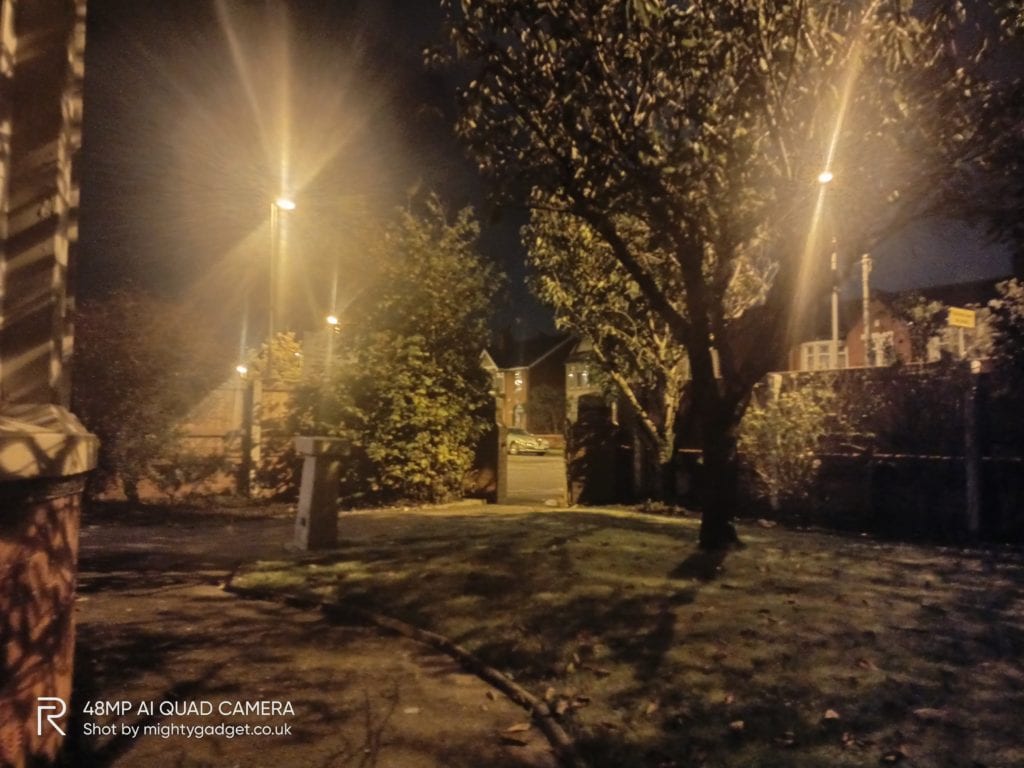
Realme 7 -
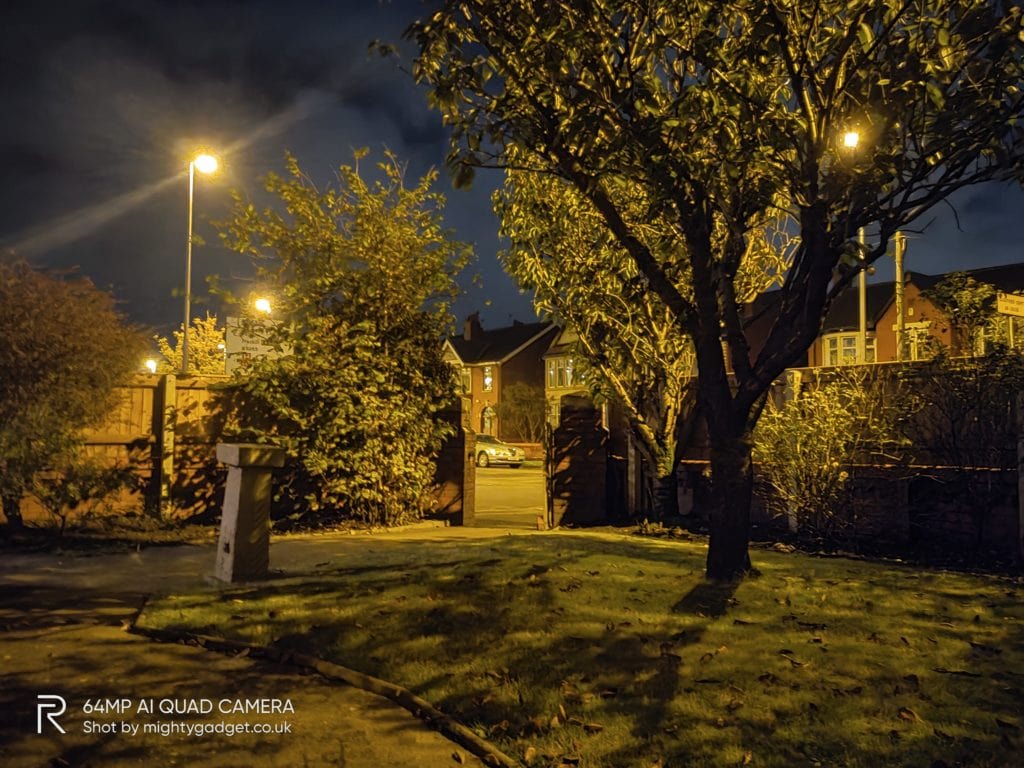
Realme 7 Pro
The two phones have two different AI processing options, the Pro has AI Dazzle which I found didn’t do too much, but the 7 uses Chroma Boost which introducing a bit of processing delay. The results can be hit or miss, it generally makes colours pop more, but in some scenarios colours can go a little toxic colour (such as grass).
Camera Samples
Performance and Benchmarks
Unlike the Realme 7 Pro, which uses the same chipset as the phone before it, the Realme 7 uses the new MediaTek Helio G95. There is negligible difference between this and the two chipsets, with the G95 has a fractionally higher clocked GPU at 900 MHz vs 800hz.
Therefore the overall performance and benchmarks are almost the same as previous Realme 6.
The overall user experience is good, the chipset (and the G90T) has plenty of performance for day to day activities as well as being competent for gaming.
In Antutu the Realme 7 manages 295,066 vs 290,644 of its predecessor and 288,820 of the Realme 7 Pro. This gives the Realme 7 a 1.5% gain over the Realme 6, which illustrates my belief that these minor chipset launches by both MediaTek and Qualcomm that are used on just one or two phones is nothing but a marketing gimmick.
In 3DMark, the Realme 7 managed 2723 and 2783 showing off the small GPU frequency improvement with a 7% increase in scores vs the Realme 6. Once again the MediaTek chipset is better for gaming than the Qualcomm, being over 8% ahead.
For day to day use, the Realme 7 may offer slightly worse performance with a lower score in PC Mark and Geekbench, but I would be surprised if you could tell the difference.
Overall, though, the differences between the two G95, G90T and SD720G are so small I wouldn’t obsess about it (though I know some people will).
Battery
Battery life has improved considerably since the Realme 6, the combination of this and the slightly better chipset could justify the existence of the Realme 7, making it a good choice for gamers on a budget.
In the PC Mark 2.0 battery tests, this managed to achieve 11h 34, which is over two hours more than the Realme 6 achieved. It is a little behind the Realme 7 Pro which managed 15 hours, however, the benchmark had some slightly odd results with the PC Mark score dropping after a short while, indicating the chipset throttling itself. I would expect real-world performance will be about the same length of time between the 7 and 7 Pro.
Software
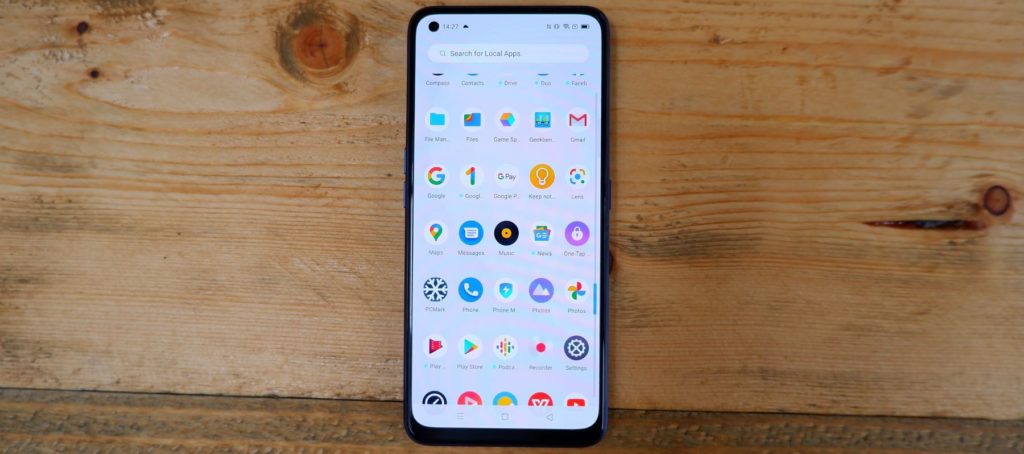
The overall software experience is good, identical to the Realme 7 Pro. There is barely any bloatware, and the overall UI is not bogged down with unnecessary enhancements. The combination of this, the decent chipset and 120Hz display makes the overall responsiveness of the OS just as good as many flagship phones.
I am used to the Realme UI now, so I have no strong feels against it, the settings always confuse me a little between phone brands, but the search box allows you to find everything you want quickly.
Price and Alternative Options
| Preview | Product | Rating | Price | |
|---|---|---|---|---|
 |
realme 7 Mist Blue, 6+64GB, 6.5” FHD+ Full Screen Display, 64MP Quad Camera, 5000mAh Battery with… | No ratings yet | £199.00 | Buy on Amazon |
 |
realme 7 Mist White, 8+128GB, 6.5” FHD+ Full Screen Display, 64MP Quad Camera, 5000mAh Battery… | No ratings yet | £239.00 | Buy on Amazon |
 |
realme 6-4GB + 64GB, 6.5″ Ultra smooth display, Sim Free, 64MP AI Quad Camera, UK version – Comet… |
395 Reviews |
£196.00 | Buy on Amazon |
 |
POCO X3 NFC – Smartphone 6+64GB, 6,67” FHD+ Punch-hole Display, Snapdragon 732G, 64MP AI… | No ratings yet | Buy on Amazon |
The pricing for the Realme 7 is:
- 4GB+64GB – £179
- 6GB+64GB – £199
- 8GB+128GB – £239
So, like for like, it is only £40 cheaper than the Realme 7 Pro which comes with 8GB and 128GB as standard. Personally, I think the Realme 7 Pro is well worth that extra £40, however, if you are a gamer, then you may prefer the 7 with the 90Hz display and more gaming orientated chipset.
At £179 for the 4GB model, there is little competing with this phone, the Xiaomi Redmi Note 8 Pro is £199, but you may as well get the 6Gb version of this for the same price. The Xiaomi Redmi Note 9 is the same price but uses a much slower chipset, though you get more storage and a bigger battery.
The Realme 6 with 4GB/64GB is £199 on Amazon or £249 for the 8GB/128GB model. It has a better camera, but if you not too bothered by that and you are a gamer on a budget, then there is little reason to choose the Realme 6 over the 7.
The POCO X3 NFC should be £199 for the 6GB/64GB model which would likely be a better choice then the 6GB/64GB model of the Realme thanks to the 120Hz display, better spec camera and Snapdragon 732G which should offer overall better performance.
Overall
With the Realme 6-series, I felt like the Realme 6 was the best phone, offering incredible value for money. The Realme 7 is still an incredible phone for the price, but I feel like this time around it is the Pro model that is the star of the show. It just feels more refined, with a better camera, display and faster charging.
I think my biggest issue with this is that it shouldn’t be called the Realme 7. It should be called the Realme 6m a la Realme X50m (the more affordable X50 in China). It is not a significant issue in the grand scheme of things, I can just be a stickler over details.
While I prefer the Pro model, the Realme 7 is still a superb phone, the high refresh rate screen combined with moderately powerful chipset make this an ideal choice for gamers on a budget. The starting price of just £179 is the standout feature here.
For the higher-spec models, It faces stiff competition from the Poco X3 NFC which is a touch more expensive but on paper should be a better phone (I still haven’t used it because Xiaomi decided not to bother sending it).
Between the 7-Pro, and the X3, the £239 8GB/128GB version of this phone doesn’t particularly offer the most appealing option.
For buyers on a tight budget, the 4GB/64GB model offers an incredible spec for £179. though I can’t comment on how much difference the 4GB of RAM will have on performance.
Posted by Mighty Gadget Blog: UK Technology News and Reviews
